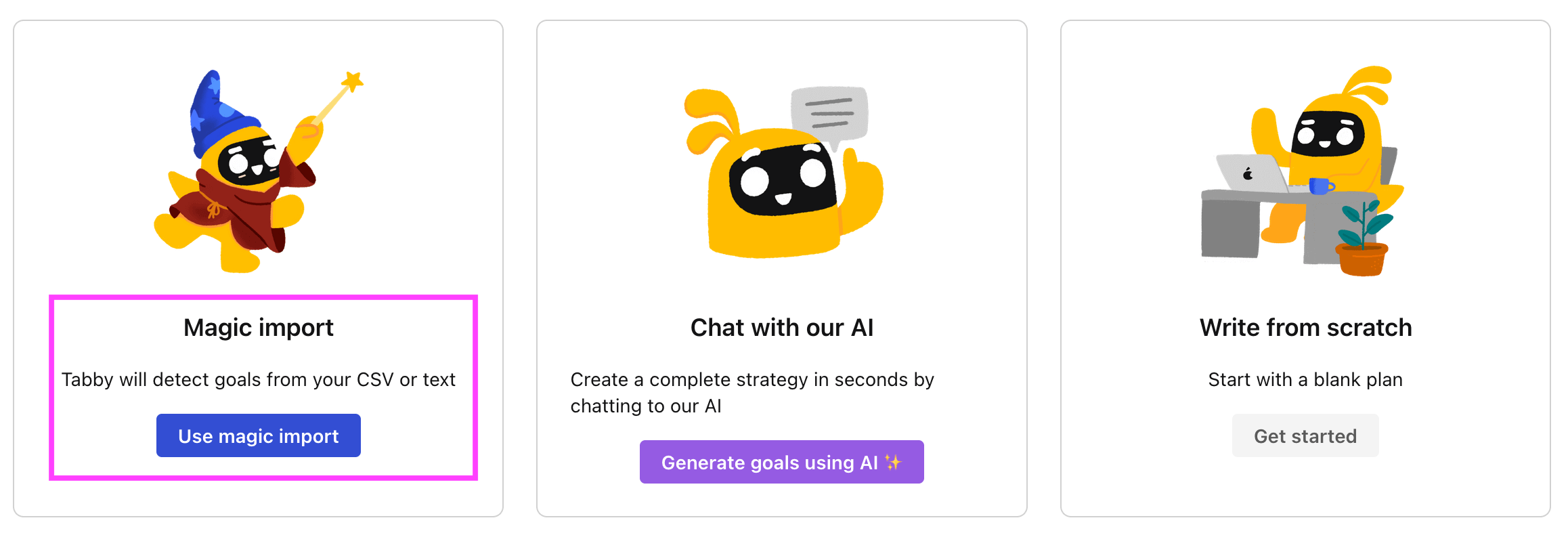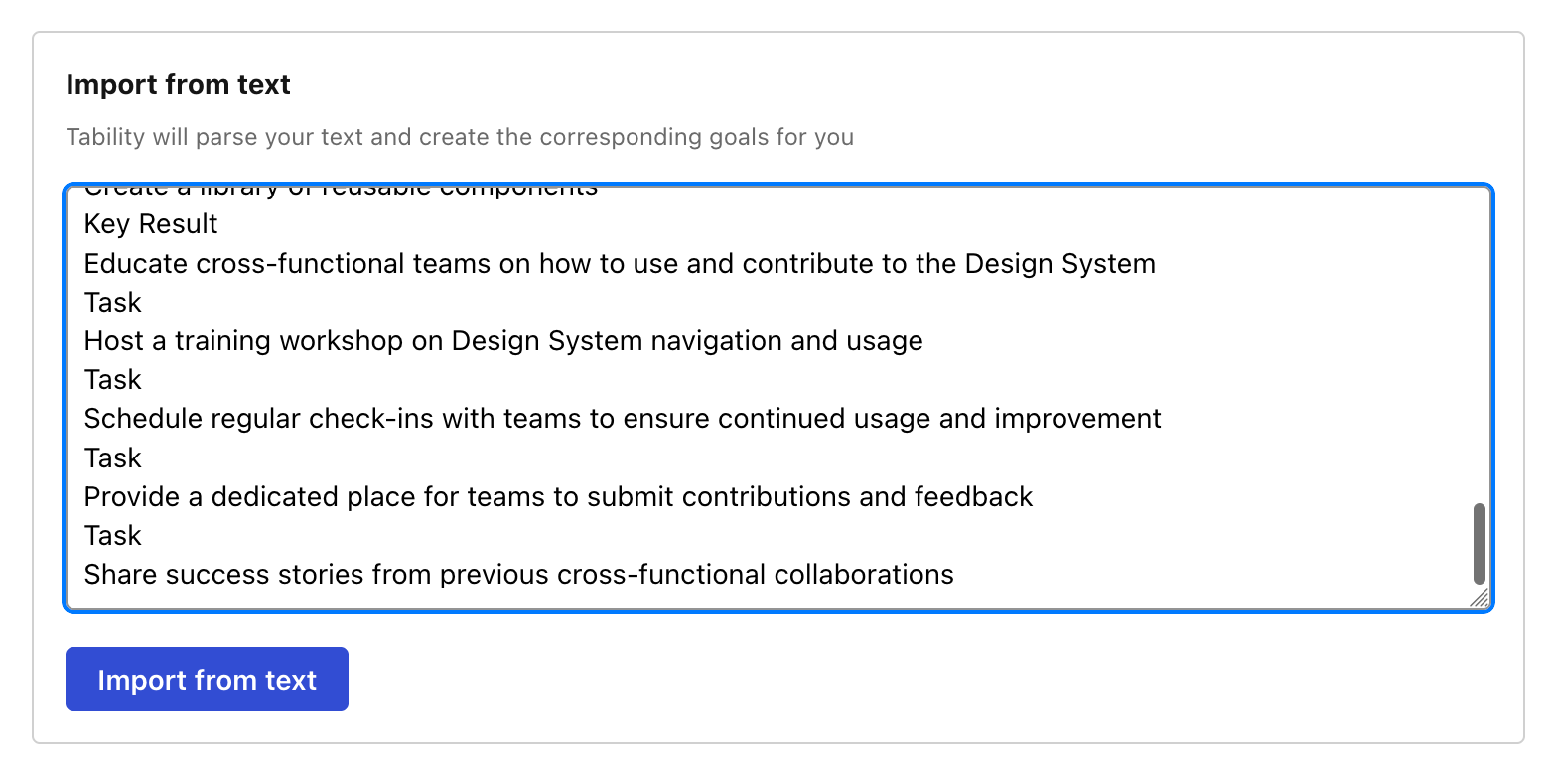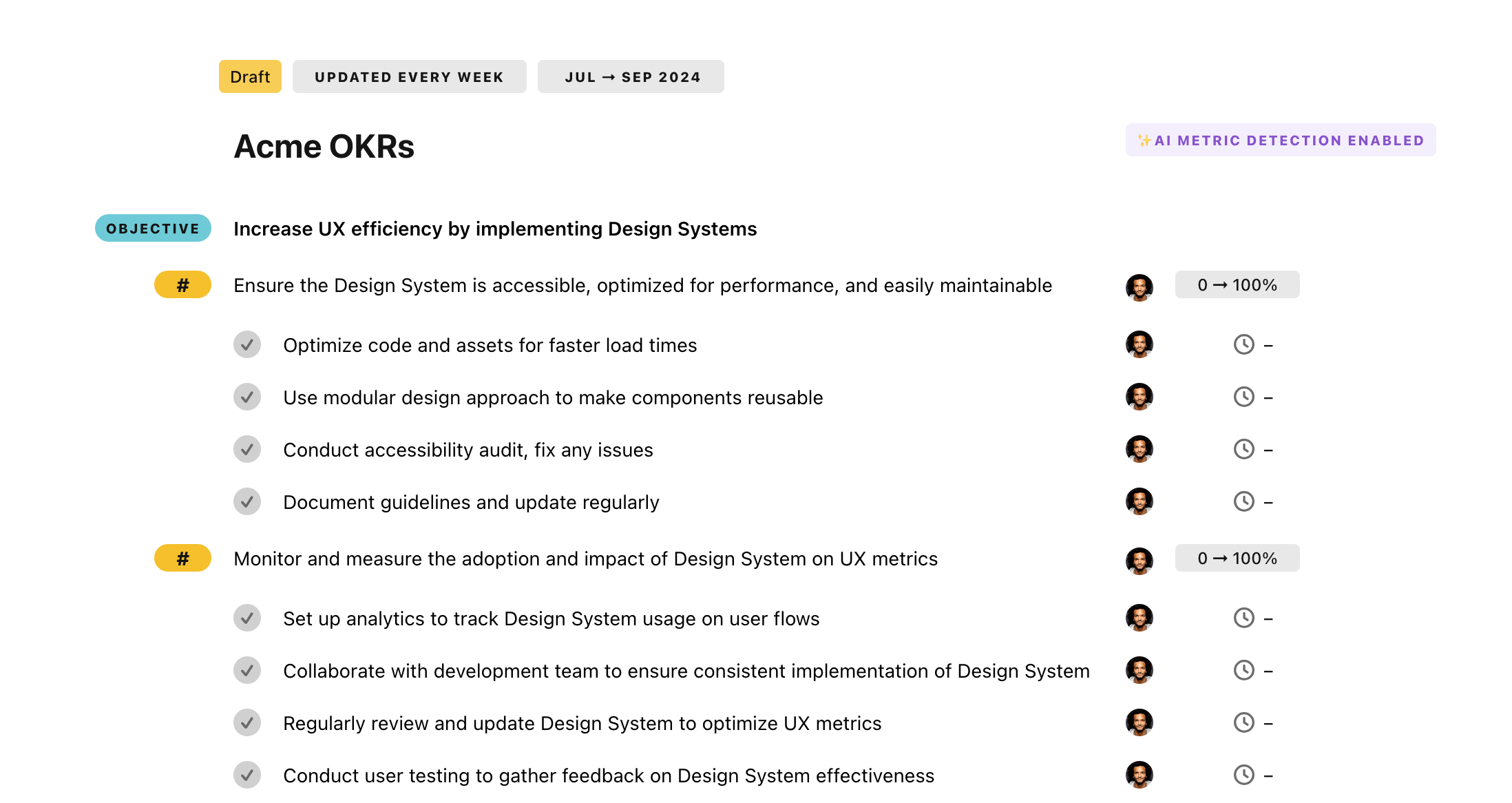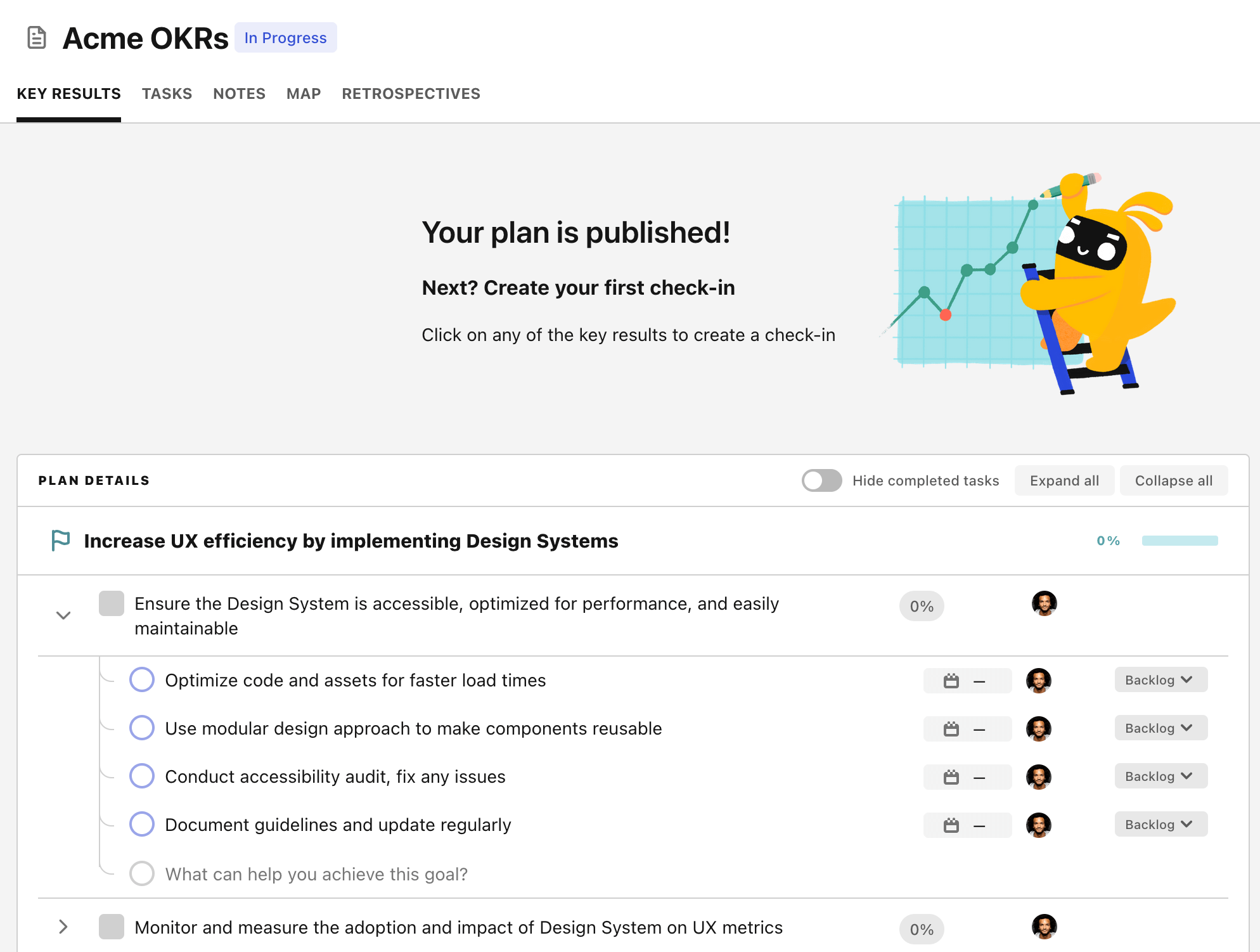OKR template to boost dental group's production by 10%
Your OKR template
Increasing the active patient count by 200 is the first objective. This will be accomplished through marketing campaigns, specifically by developing engaging content, analyzing campaign performance for improvement, and implementing targeted ads on digital platforms.
The second objective is to improve appointment scheduling to reach a 96% efficiency rate. This will require implementing a robust online booking system, periodically reviewing and streamlining scheduling procedures, and training staff in efficient scheduling techniques.
The final objective is to reduce processing time by 15% through workflow improvements. This involves identifying areas causing delays, testing and implementing new workflow improvements, and developing streamlined processes to increase efficiency.
ObjectiveBoost dental group's production by 10%
KRIncrease active patient count by 200 by conducting marketing campaigns
Develop engaging content for healthcare marketing campaigns
Analyze campaign performance for improvement measures
Implement targeted advertisements on digital platforms
KRImprove appointment scheduling to achieve 96% efficiency rate
Implement a robust online booking system
Regularly review and streamline scheduling procedures
Train staff in efficient scheduling techniques
KRImplement new workflow improvements, reducing processing time by 15%
Identify areas causing delays in the current workflow
Implement and test new workflow improvements
Develop streamlined processes to increase efficiency
How to edit and track OKRs with Tability
You'll probably want to edit the examples in this post, and Tability is the perfect tool for it.
Tability is an AI-powered platform that helps teams set better goals, monitor execution, and get help to achieve their objectives faster.
With Tability you can:
- Use AI to draft a complete set of OKRs in seconds
- Connect your OKRs and team goals to your project
- Automate reporting with integrations and built-in dashboard
Instead of having to copy the content of the OKR examples in a doc or spreadsheet, you can use Tability’s magic importer to start using any of the examples in this page.
The import process can be done in seconds, allowing you to edit OKRs directly in a platform that knows how to manage and track goals.
Step 1. Sign up for a free Tability account
Go tohttps://tability.app/signup and create your account (it's free!)
Step 2. Create a plan
Follow the steps after your onboarding to create your first plan, you should get to a page that looks like the picture below.

Step 3. Use the magic importer
Click on Use magic import to open up the Magic Import modal.
Now, go back to the OKR examples, and click on Copy on the example that you’d like to use.

Paste the content in the text import section. Don’t worry about the formatting, Tability’s AI will be able to parse it!

Now, just click on Import from text and let the magic happen.

Once your example is in the plan editor, you will be able to:
- Edit the objectives, key results, and tasks
- Click on the target 0 → 100% to set better target
- Use the tips and the AI to refine your goals
Step 4. Publish your plan
Once you’re done editing, you can publish your plan to switch to the goal-tracking mode.

From there you will have access to all the features that will help you and your team save hours with OKR reporting.
- 10+ built-in dashboards to visualise progress on your goals
- Weekly reminders, data connectors, and smart notifications
- 9 views to map OKRs to strategic projects
- Strategy map to align teams at scale